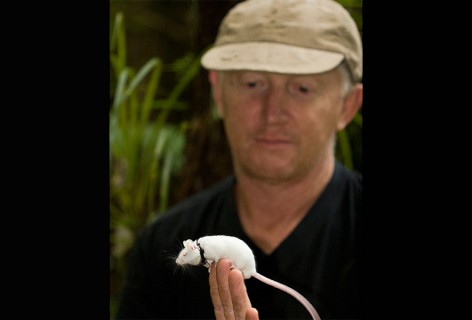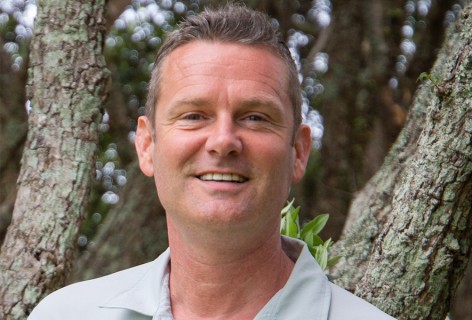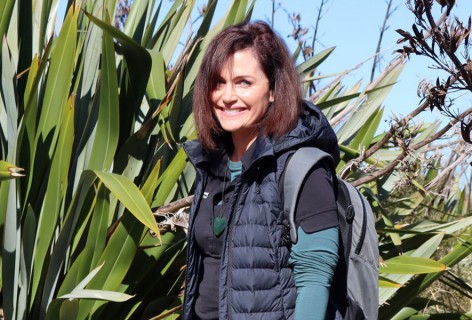Kiwi Rescue
In this section
-
Restoring ecosystems
- Plants, invertebrates, fungi & bacteria
- Honey landscape model
- Increasing wader abundance
- Kiwi Rescue
- Koekoeā Quest – Uncovering secrets of the long-tailed cuckoo
- Long-term Ecology Laboratory
- More Birds in the Bush
- Restoring wetland ecosystem functioning
- Te Kura Huna o Te Urewera (The Hidden Treasure of Te Urewera) documentary released
- Wetlands
In this programme we are working together with the Department of Conservation (DoC), Kiwis for Kiwi, Māori, and community groups to make new, cost-effective tools that help everyone to help kiwi.
We are working with tangata whenua to identify kiwi on their land in order to help land management and restoration decisions. We will ask whether current science, modelling, and monitoring techniques meet their information needs, and if not, devise new tools that do. This work is being led by Kiri Reihana.
Working with Dr Paul Scofield at the Canterbury Museum, and with DOC, we are using ancient DNA in museum specimens to clarify how many kiwi species there are. Paul has visited all type specimens of kiwi in world museums and is exploring with DNA whether they actually are what the label says they are. Jamie Wood is assisting with this work.
Our molecular team has developed new DNA-based techniques to identify predatory dogs, stoats and ferrets at the individual (not just species) level. There have already been successful prosecutions of dog owners for attacks on stock, based on our genetic forensics of dog saliva. Advanced research with degraded DNA has also enabled our staff – Hester Roberts, Danielle Middleton and Talia Brav-Cubitt – to identify kiwi DNA in scats of wild cats on Rakiura/Stewart Island. Currently, Hester Roberts is exploring whether similar analyses can identify whether DNA of the ingredients of (non-toxic) poison baits can be detected in takahe scats. This would provide an effective tool to see if wild takahe would be at risk from aerial 1080 operations.
As well as the above, we are working to assess the impacts of cats on the little-understood Rakiura tokoeka kiwi on Stewart Island, working with Northland councils to reduce dog impacts on kiwi, and developing an automatic tool for sifting camera trap images to find those with target predators (or kiwi).
To weave these strands together we are modelling ecological, cost, social and regulatory factors that both capture the ecological complexity of the kiwi’s natural world and determine the feasibility of current and new management options.
Together, these diverse advances and new tools will help DOC, Kiwis for Kiwi, Māori and other involved communities recover kiwi populations faster, more cheaply, and across more of Aotearoa/New Zealand.
Key contacts

Dean Anderson

Rachelle Binny

Robyn Kannemeyer

Danielle Middleton




